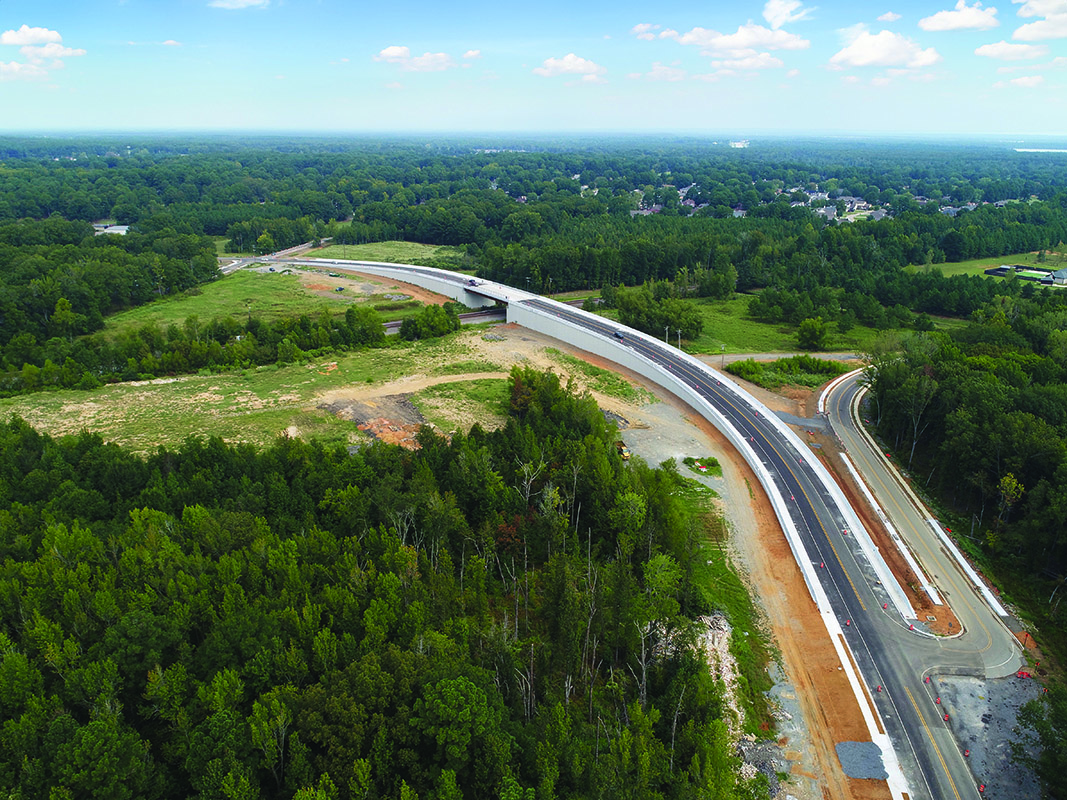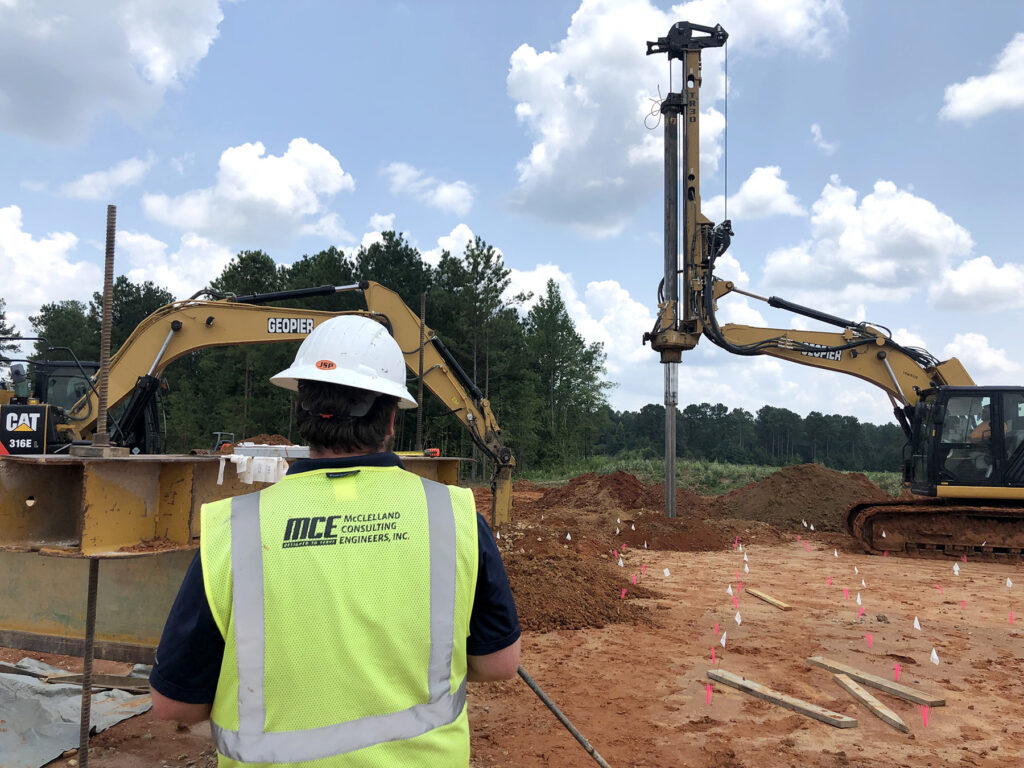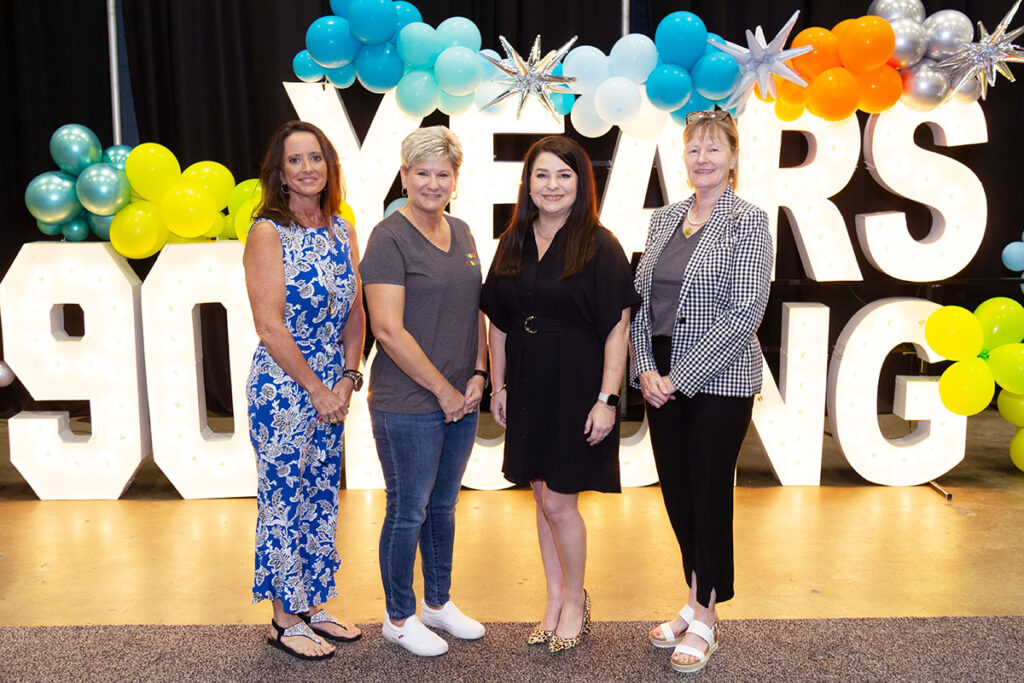Nearly three decades ago, Metroplan developed Metro 2020, a broad transportation plan aimed at creating a more livable and efficient transportation environment across the region. Increasing safety at railroad crossings is one of the priorities of the plan, and the Metroplan board identified 12 at-grade crossings in need of conversion to grade-separated crossings by constructing overpasses. At-grade railroad crossings present several challenges, including safety risks and traffic delays. From emergency response disruptions due to blocked crossings to the potential for train-vehicle collisions, these locations require careful attention. With completion of the work on the JP Wright Loop in Jacksonville in December 2024, all the overpass projects are now finished.
JP Wright Loop was chosen due to the risk posed by the intersection between a major thoroughfare and one of the busiest railways in the region. A grade-separated railroad crossing enhances safety for both the public and trains by reducing conflict points and preventing delays for emergency vehicles, school buses and daily commuters. The project also included provisions for future expansion, with a multi-lane typical section and sidewalks to improve pedestrian access. Additionally, incorporating multi-modal transportation elements such as sidewalks and expanded lanes allows for greater mobility and connectivity, ensuring that pedestrians, cyclists and motorists can all navigate the intersection safely and efficiently.
Multi-modal transportation planning plays a crucial role in enhancing safety and accessibility in urban infrastructure projects. By integrating pedestrian walkways, bike lanes, and separating the rail and vehicular travel ways, the project not only greatly improves safety for motorists and trains but also provides dedicated, protected spaces for non-motorized traffic. This reduces the likelihood of collisions and ensures that all road users can travel smoothly without interference. Furthermore, multi-modal infrastructure encourages alternative transportation options that alleviate congestion and decrease the risk of accidents caused by heavy-demand intersections.
Design work for the JP Wright Loop was completed in 2022 and construction began in January 2023. The Union Pacific tracks running through Jacksonville form one of the busiest rail corridors in the state and required the contractor to pause construction multiple times to allow for the priority of the railway traffic. Coordination between the contractor and the railroad was essential to keep the project on track.
During construction, several challenges arose, including unsuitable subbase material that required undercutting and stone backfill to ensure stability for the leveling pad, overpass walls and adjacent roadways. Safety remained a top priority, given the hazards associated with at-grade railroad crossings. A special emergency plan was maintained throughout the project, and an updated schedule was provided every 30 days to track work in the railroad right-of-way. All personnel involved in observation and construction were required to obtain a specialized permit that included safety training.
Despite these challenges, the project was completed ahead of schedule in December of 2024, with a total construction cost of $15.3 million. Upon completion, the existing at-grade crossing approaches were removed, and railway access was restricted to railroad personnel only. By integrating multi-modal features into the project, such as pedestrian pathways and expanded vehicular capacity, the new intersection significantly enhances both safety and usability for the community.
This project has been widely praised by the public for eliminating a hazardous intersection and improving safety for all transportation modes. The successful and timely completion of this project reflects the dedication and coordination of all involved parties, reinforcing a commitment to a safer, more efficient transit system for all users.










